The safety of our schools should be a paramount concern, but unfortunately, throughout history, there have been tragic instances of violence that have shattered the lives of students, teachers, and communities. In the United States, several school massacres have left an indelible mark on the nation’s consciousness. These incidents of mass violence, characterized by horrifying acts committed within educational institutions, have had a profound impact on society and sparked debates about gun control, mental health, and school security. This article will delve into the ten deadliest school massacres in US history, exploring the harrowing details and examining the lasting effects these tragedies have had on the nation.
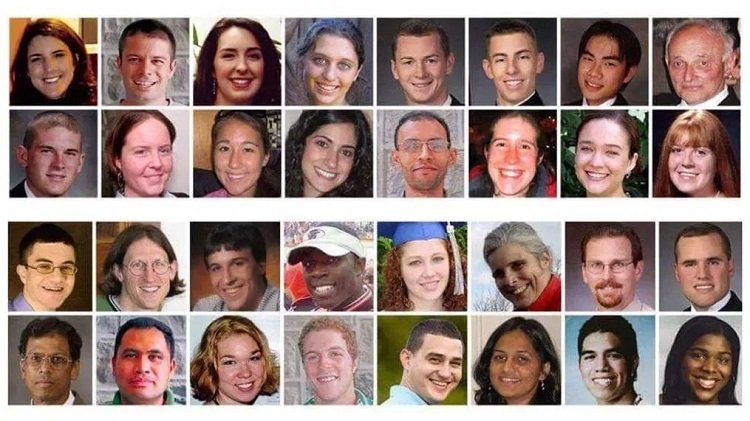
Virginia Tech Massacre (2007)
The Virginia Tech massacre of 2007 stands as one of the deadliest school shootings in US history, leaving an indelible mark on the nation’s consciousness. On April 16th, 2007, a troubled student named Teng-Hui Cho embarked on a shooting rampage at Virginia Tech University in Blacksburg, Virginia. Cho killed 32 people and injured 17 others before taking his own life, in a shocking act of violence that shook the entire campus and the nation at large. The incident sparked profound grief and outrage, prompting nationwide discussions on gun control, mental health support systems, and campus safety protocols. The Virginia Tech massacre remains a tragic reminder of the devastating impact that mass shootings can have on educational institutions and the urgent need for comprehensive measures to prevent such senseless acts of violence in the future.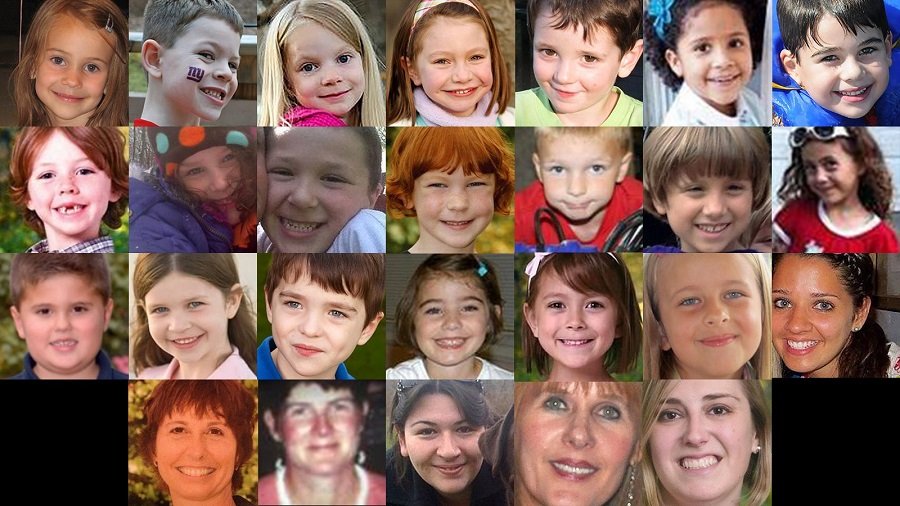
Sandy Hook School Shooting (2012)
The Sandy Hook Elementary School shooting on December 14, 2012, in Newtown, Connecticut, stands as a haunting tragedy that forever changed the lives of countless individuals. Adam Lana, a troubled young man, entered the school and took the lives of 20 innocent children, all between the ages of six and seven, along with six educators before turning the gun on himself. The shocking act of violence sent shockwaves through the nation, igniting intense debates on gun control and mental health support. The Sandy Hook shooting shattered the sense of security within schools and communities, leaving a lasting impact on the collective conscience of the nation. It stands as a solemn reminder of the urgent need for comprehensive efforts to prevent such horrific acts and to protect the well-being and safety of students and educators in our schools.

The University of Texas Shooting (1966)
The University of Texas Tower shooting, which took place on August 1, 1966, stands as a harrowing event that forever changed the perception of safety on college campuses. Charles Whitman, an ex-marine, ascended the clock tower on the University of Texas at Austin campus and opened fire, indiscriminately targeting pedestrians below. In a chilling display of violence, Whitman killed 16 people and wounded dozens before being gunned down by law enforcement. The incident shocked the nation and sparked conversations about gun control, mental health, and the need for improved security measures in educational institutions. The University of Texas tower shooting remains a stark reminder of the potential for violence to erupt even in seemingly safe spaces, emphasizing the ongoing importance of proactive measures to ensure the safety and well-being of students and faculty.

Parkland School Shooting (2018)
The Parkland school shooting on February 14, 2018, in Parkland, Florida, stands as a devastating tragedy that reignited the urgent need for gun control and school safety reform in the United States. A former student, Nikolas Cruz, entered Marjory Stone Man Douglas High School armed with a semi-automatic rifle and opened fire, killing 17 students and staff members and injuring many others. This horrific event sparked a nationwide outcry and ignited a movement led by the surviving students advocating for stricter gun laws and improved mental health support. The Parkland shooting exposed the flaws in the existing system and prompted a reevaluation of school security measures. The incident served as a painful reminder of the devastating impact of gun violence on schools and communities, inspiring a call for change and a commitment to preventing future tragedies.
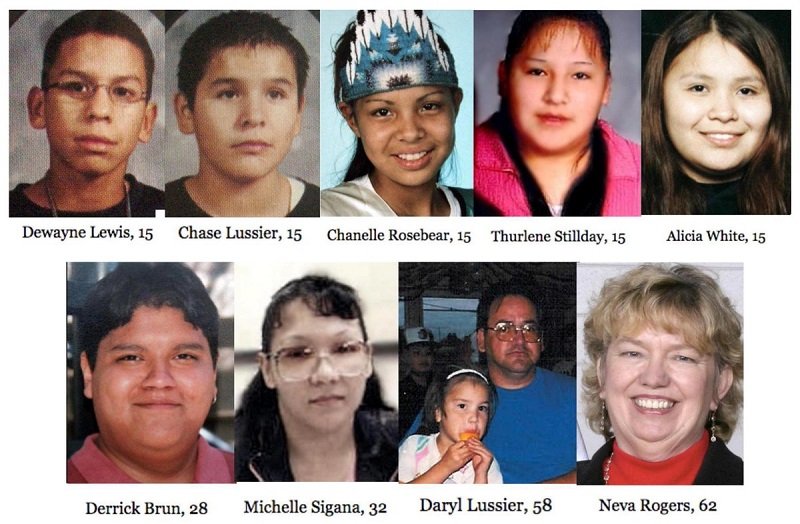
Red Lake High School Massacre (2005)
The Red Lake High School massacre, which occurred on March 21, 2005, in Red Lake, Minnesota, is a tragic event that forever scarred the community. Jeff Weise, a troubled 16-year-old student, embarked on a shooting spree that resulted in the deaths of nine people, including five fellow students, a teacher, a security guard, and his own grandfather and his grandfather’s partner. Weise’s acts of violence shocked the nation and raised questions about school safety and the impact of untreated mental health issues. The Red Lake High School massacre serves as a grim reminder of the devastating consequences that can arise from a combination of personal struggles and easy access to firearms. It underscores the ongoing need for comprehensive support systems and measures to address mental health concerns while ensuring the safety of students and staff within educational institutions.
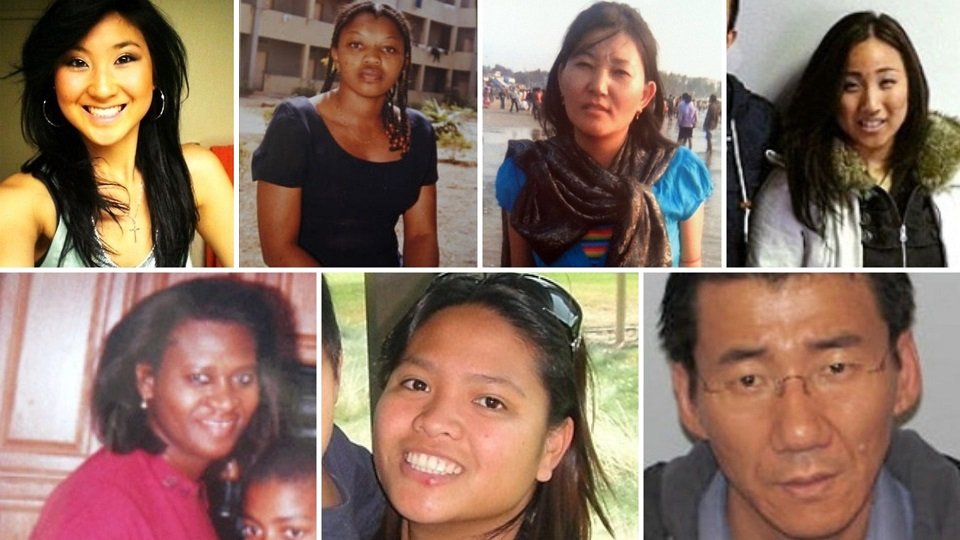
Oikos University Shooting (2012)
The Oikos University shooting took place on April 2, 2012, in Oakland, California, and left a profound impact on the local community. One L. Goh, a former student at the university, opened fire in a classroom, killing seven people and injuring three others. The tragedy unfolded within the walls of a small, private Christian university, sending shockwaves through the campus and beyond. The Oikos University shooting brought attention to issues such as gun violence, mental health, and campus security. It highlighted the vulnerability of educational institutions and the need for enhanced measures to prevent such incidents. The incident served as a somber reminder of the devastating consequences of unchecked anger and the importance of supporting mental well-being while ensuring the safety of students and faculty.
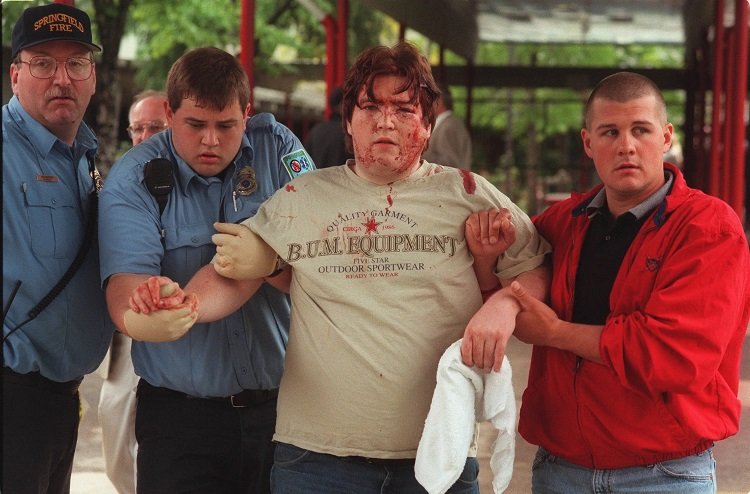
Thurston High School Shooting (1998)
The Thurston High School shooting on May 21, 1998, in Springfield, Oregon, left an indelible mark on the community and the nation as another tragic episode of school violence. Kip Kinkel, a 15-year-old student, embarked on a shooting spree, killing his parents at home before proceeding to his school. There, he opened fire, killing two students and injuring 25 others. The incident brought attention to issues such as bullying, mental health, and access to firearms. It ignited debates about gun control and prompted discussions on early detection and intervention for troubled youth. The Thurston High School shooting serves as a somber reminder of the devastating impact of unchecked anger and the urgent need for comprehensive efforts to prevent similar acts of violence, safeguarding the well-being of students and promoting a safe learning environment.
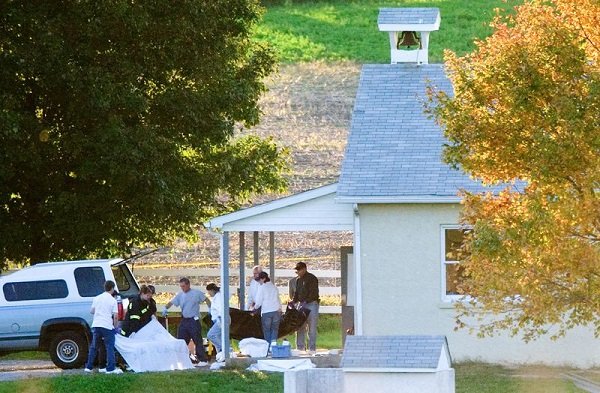
West Nickel Mines School Shooting (2006)
The West Nickel Mines School shooting on October 2, 2006, in Nickel Mines, Pennsylvania, stands as a heart-wrenching tragedy that left a deep impact on the community. Charles Carl Roberts IV, a 32-year-old milk truck driver, entered an Amish one-room schoolhouse and took 10 girls, aged 6 to 13, hostage. He subsequently shot them, killing five and injuring several others before turning the gun on himself. The incident shook the peaceful and tight-knit Amish community and garnered national attention for its senseless violence and the forgiveness displayed by the Amish families towards the perpetrator’s family. The West Nickel Mines School shooting underscored the devastating consequences of unchecked anger and the resilience of a community in the face of unimaginable tragedy. It stands as a somber reminder of the ongoing need for promoting empathy, compassion, and mental well-being in society.
Conclusion
In conclusion, the ten deadliest school massacres in US history serve as painful reminders of the devastating toll that violence can inflict on educational institutions and their communities. These tragic events have sparked important discussions and debates about gun control, mental health, and school safety. It is crucial that we learn from these horrific incidents to implement effective preventive measures and support systems, ensuring the safety and well-being of students and educators across the nation.